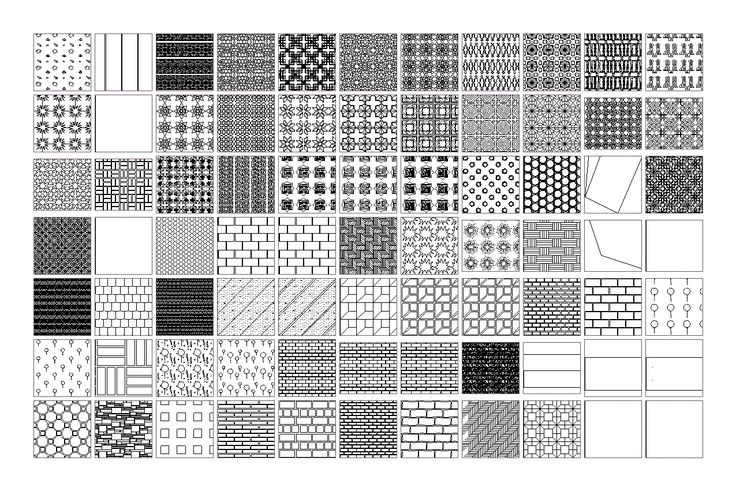


Angle : By entering a number, you will specify the rotation angle of the hatch pattern in degrees, relative to the boundary.The smaller the number, the denser the pattern will be inside a given boundary the larger the number, the less hatching will fit within a boundary. Enter a number to specify the scale of a hatch pattern. Scale : This option is available only for predefined hatch patterns.It can be BYLAYER, BYBLOCK, a predefined color or a custom color. Color : lets you choose the color for your hatch pattern.User Defined : enables you to define a new hatch patternįigure 2 Choosing pattern types: “User Defined” or “Predefined”.Predefined : choose this option if you want to use a hatch pattern from the standard or ISO hatch pattern library files.Pattern Type: you can choose from two types: “Predefined” and “User Defined”.Options in the Pattern Properties tab of the Boundary Hatch Dialog Box The hatch can be set to be associative or non-associative.įigure 1 Hatch feature command location on the Draw panel of the Home ribbon tab You can choose options for the pattern or copy the pattern from a sample pattern already in your drawing. In the Boundary Hatch window box, click the Pattern Properties tab and choose between the “Predefine” or “User Defined” options from the “Pattern Type” drop-down menu. Pattern properties are available for both predefined and user-defined hatch patterns. It is a highly customizable tool, as the user is able to change patterns, scaling, spacing as well as other attributes. The “Hatch” feature is a popular choice for detailing 2D drawings in Advance CAD.


 0 kommentar(er)
0 kommentar(er)
